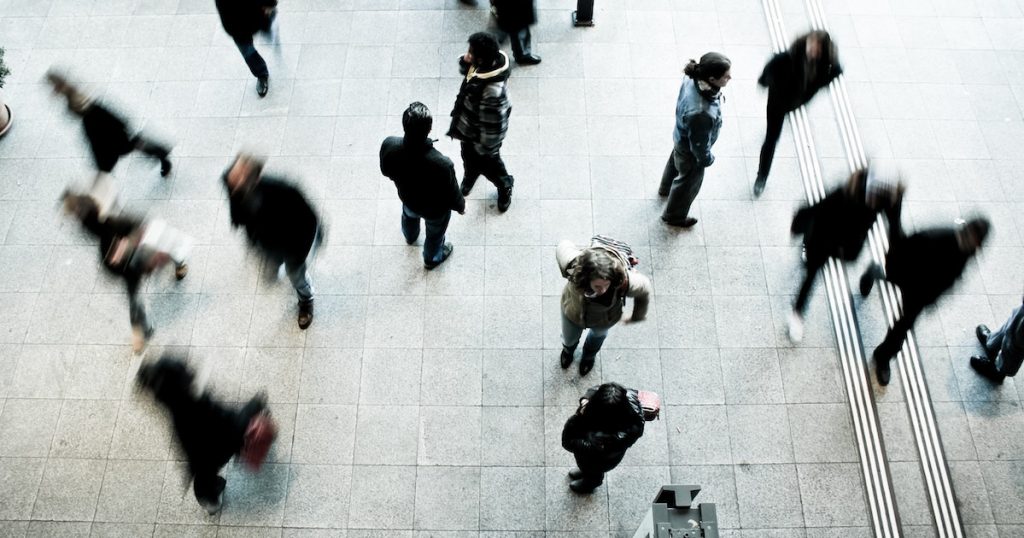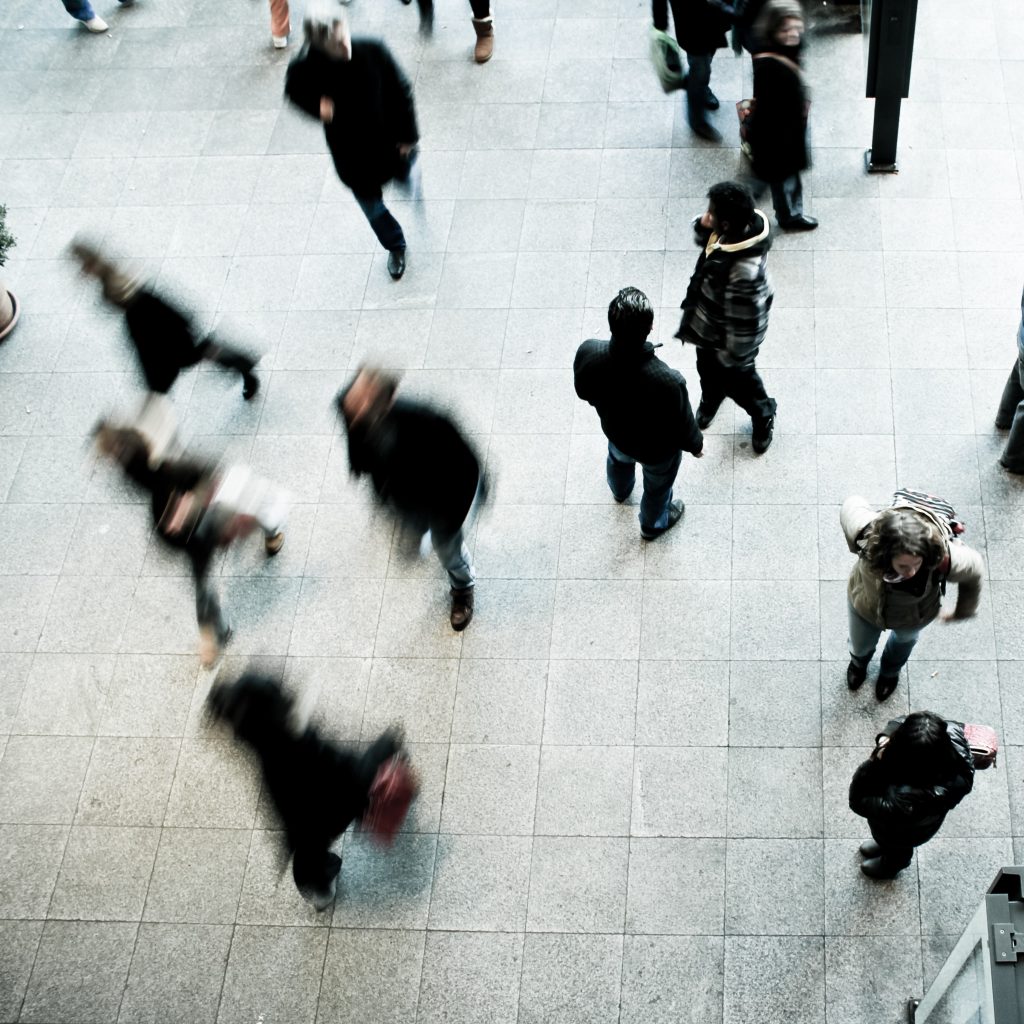
COVID-19 demands quick public health responses. As the scope of the pandemic expands, we must also pay attention to care: to who provides care in elder care facilities, nurse-provided medical care and who does the unpaid care at home, where we are all increasingly now spending our time: it’s overwhelmingly women.
Women continue to be the vast majority of those at the higher end of exposure, and the lower end of pay in the health professions. Ninety-percent of health care workers in Hubei province in China – those putting their lives at risk providing care to those affected by COVID-19 – are women. In the US, 91 percent of nurses – whose level of exposure to the virus is often higher than doctors – are women. Two-thirds of those who provide care to elderly family members in the US are women, and the senior care workforce in the US is 90 percent women.
Women also do more care work in our homes. Globally, women carry out on average, more than 3.3 times the daily care work that men do and take on 30 minutes to an hour per day more work of some kind (paid and unpaid combined) compared to men. Women who are employed as home-based care workers often lack access to healthcare or paid time off, or other benefits of a safety net (visit the Coronavirus Care Fund, by National Domestic Workers Alliance in the US to learn more).
COVID-19 also calls into stark profile gender inequalities in decision-making. While women are being disproportionately called to care for the ill – and thus putting themselves at risk – in many countries they are underrepresented in spaces of decision-making power, particularly when it comes to public health; and there are many other gender-related inequalities which COVID-19 may exacerbate.
In this moment of global crisis, we need action toward equality. We must listen to women’s voices now, their demands and requests for what they need to provide quality support. As organizations, governments, and communities, we must do what it takes to support those who provide care. We need to ensure employees receive paid leave and paid sick days to alleviate some of this burden, and emergency income supports for those in most need; we also need to increase funding in the long-term for eldercare facilities, increase wages for care workers, and provide additional support for home carers.
And individually, men must support women who are performing care, and do their own share of care work: this means taking care of others and taking care for themselves (namely seeking health care when they need and practicing prevention). First and foremost, we all must follow recommendations for social distancing and putting the care of others – our children, our partners, the elderly and vulnerable, and those who depend on us – over ourselves.
Ultimately equality for women – social, political and economic – means that men and boys must do half of the paid and unpaid care work. We need more men in the care professions, and we need men doing our share at home. Engaging boys early in doing hands-on care at home, exposing boys to care professions, paid parental leave and incentives for all caregivers to use leave, engaging men from prenatal visits onward, father training, and engaging the corporate sector and workplaces as allies can all work to shift the gendered care divide.
COVID-19 is a global health crisis and is already calling into sharp relief the existing gender inequalities in the US and globally. We must pay attention to the brave care workers around the world – mostly women – and the need for men to embrace a culture of care. Indeed, it is the only way we will mitigate the effect of this pandemic – together. COVID-19 is ultimately a crisis of care and it offers an opportunity for all of us – women and men and individuals of all gender identities – to embrace our collective and equal duties as caregivers.

